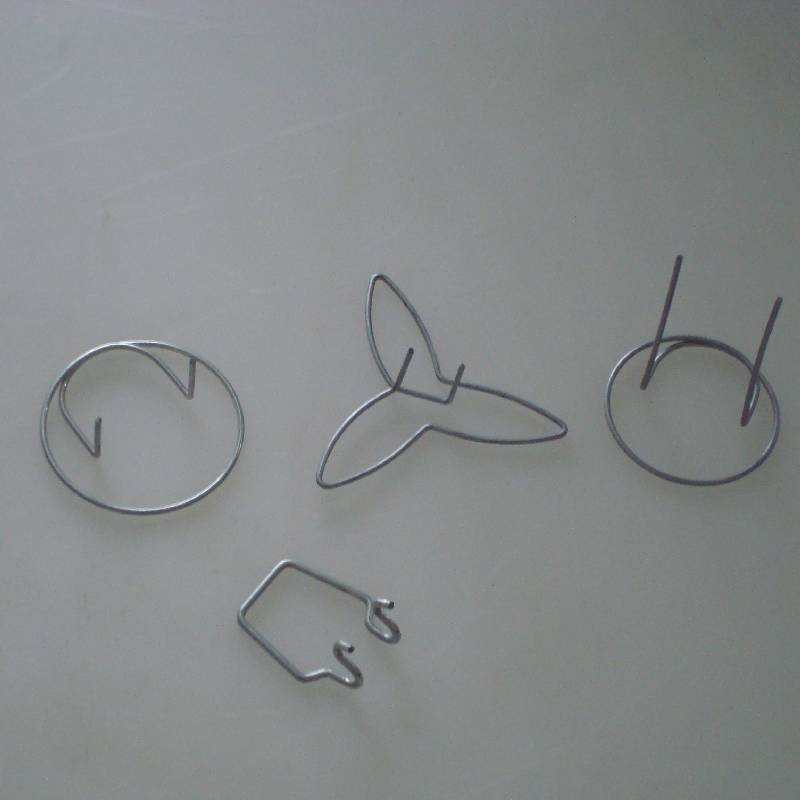
- Mobile Phone
- +8613931874955
- sales@cntcmetal.com
Durable and Stylish Cow Panel Fencing for Livestock Enclosure Needs
Understanding Cow Panel Fences A Comprehensive Guide
Cow panel fences are increasingly popular among farmers and livestock owners for their durability and versatility. These fences, made from robust steel panels, provide a strong barrier that can effectively contain cattle, sheep, and even some breeds of goats. This article aims to explore the benefits, installation, maintenance, and various uses of cow panel fences, helping you understand why they might be an excellent investment for your property.
What Are Cow Panel Fences?
Cow panel fences are large, rectangular steel panels typically measuring 16 feet long and 50 inches high. They are designed with horizontal bars that provide excellent visibility and containment, making them an ideal choice for ranchers and farmers who need to keep their livestock secure. The panels are coated with galvanized steel, ensuring they resist rust and corrosion, making them suitable for long-term outdoor use.
Benefits of Cow Panel Fences
1. Durability One of the standout features of cow panel fences is their durability. Constructed from heavy-duty steel, these panels can withstand harsh weather conditions and the wear and tear typically associated with livestock.
2. Versatility Cow panel fences are not limited to cattle; they can also be used to contain other animals, serve as garden borders, or create sections in a horse barn. Their adaptability makes them a favorite among different agricultural setups.
3. Easy Installation Unlike traditional wooden fencing, which often requires extensive tools and skills to install, cow panel fences can be set up quickly. The panels can be connected using T-posts or wooden posts, making the process straightforward and efficient.
4. Cost-Effective While the initial investment may be higher than wooden or electric fences, the longevity and minimal maintenance required for cow panel fences can lead to significant savings over time. They do not need to be painted, treated, or replaced as frequently as wooden alternatives.
5. Visibility The design of cow panel fences allows for good visibility, which can be critical for monitoring livestock. Farmers can easily check on their animals without the need to open gates or move panels.
Installation Tips
cow panel fence

To install cow panel fencing effectively, follow these steps
1. Planning Determine the layout of your fence. Be sure to measure the area accurately and consider any existing structures (like barns or trees) that may affect the fence line.
2. Gather Materials In addition to the cow panels, you will need T-posts, corner posts (if necessary), and fencing connectors or brackets to secure the panels in place.
3. Setting Up Posts Install the T-posts at regular intervals based on the length of your cow panels, typically every 8 to 10 feet. Use a post driver for efficient placement.
4. Attaching Panels Once the posts are in place, start attaching the panels. Use brackets or ‘U’ bolts to secure the panels to the posts, ensuring they are tightly fastened to prevent any gaps.
5. Final Adjustments After all panels are installed, check for any loose connections and tighten them up. Ensure the entire fence line is straight and secure.
Maintenance Tips
Maintaining cow panel fences is relatively simple. Regularly check for rust or corrosion, particularly at the connections. If you notice any damage, promptly repair or replace the affected components. Keeping vegetation trimmed around the fence line helps prevent damage from overgrown plants and reduces the risk of pests.
Conclusion
In conclusion, cow panel fences are an excellent choice for cattle owners and those looking to secure various types of livestock. Their durability, versatility, and ease of installation make them a popular option in agricultural settings. By investing in cow panel fencing, farm owners can ensure the safety of their animals while also benefiting from a long-lasting and visually appealing containment solution. Whether you are a seasoned rancher or a newcomer to farming, integrating cow panel fences into your property can enhance both functionality and security, paving the way for a more organized and efficient agricultural operation.
share:
-
Why Sacrificial Formwork Is Redefining Underground ConstructionNewsJun.06,2025
-
The Structural Dynamics of Modern Concrete: How Snake Spacers Revolutionize Flexible ReinforcementNewsJun.06,2025
-
Snake Spacers Smart-Lock Concrete Reinforcement with Surgical PrecisionNewsJun.06,2025
-
Snake Spacers: Reinforcement Precision for Modern Concrete ProjectsNewsJun.06,2025
-
Snake Spacers Powering Concrete's Structural DNANewsJun.06,2025
-
Slither into Success: Snake Spacers' Precision Bite for Unbreakable ReinforcementNewsJun.06,2025
-
Sacrificial Formwork: Building Stronger, Faster, and Safer StructuresNewsJun.06,2025



















